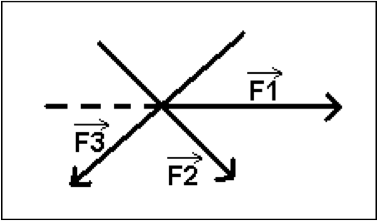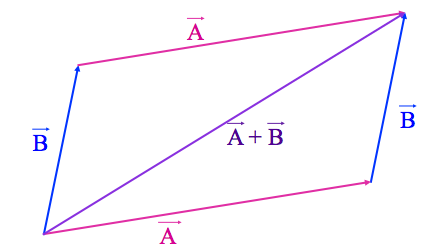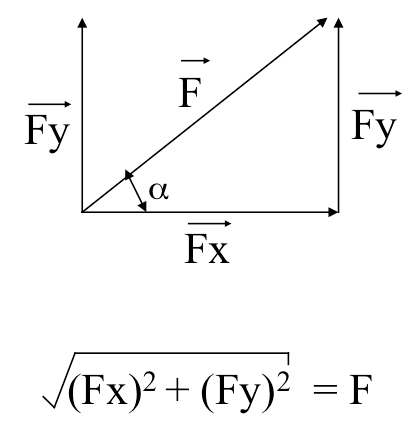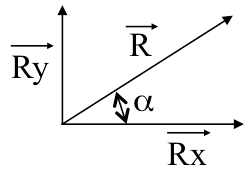Statics
Prof. Martha Selby
02-24-2013
Prepared by: Walter Bennette
Mechanics
The study of forces acting on bodies.
3 Branches of Mechanics:
- Statics
- Dynamics
- Strength of Materials
Statics
The study of rigid bodies that are in equilibrium
Force
A "push" or "pull" exerted by one body on another, such as:
- a person pushing on a wall
- gravity pulling on a person
Force: example

Force: example

Scalar/Vector
Scalar
A quantity possessing only a magnitude
- mass, length, time
Vector
A quantity that has both a magnitude and a direction
- velocity, force
Force
Force is a vector quantity, therefore a force is completely described by:
- magnitude
- direction
- point of application

Force
What is a Newton (N)?
A Newton is the force required to give a mass of 1 kg. an acceleration of 1 m/sec/sec.
What is a pound (lbf)?
Another measurement of force (1 lbf = 4.44822 N)
Vectors
Types of vectors used in statics:
- Coplanar vectors lie in the same plane

Vectors
Types of vectors used in statics:
- Concurrent vectors have lines of action that pass through the same point.

Vectors
Types of vectors used in statics:
- Colinear vectors act along the same line of action.

Vector Addition
The parallelogram law

Resolution of forces into components
The net effect of a number of forces on one point can be the same as the effect of one force


Finding Resultant Forces
Turn multiple forces to one:
Resolve each force into X & Y components
Add all X components
\( Rx=Fx_1+Fx_2+Fx_3+... \)Add all Y components
\( Ry=Fy_1+Fy_2+Fy_3+... \)Find the resultant force, \( \vec R \)
\( R= \left (Rx^2 + Ry^2 \right )^{\frac{1}{2}} \)
\( \alpha = tan^{-1} \left (\frac{R_y}{R_x} \right ) \)

A Moment
The tendency of a force to cause rotation about a point.
\( Moment = ( force's \ magnitude) * \) \( (perpendicular \ distance \ from \ force's \ line \ of \ action \ to \ the \ point) \)

\( M_B = 10.0 \ N \ (1.5 \ m) = 15 \ Nm, \ direction \ is \ clockwise \)
\( M_A = 10.0 \ N \ (2.0 \ m) = 15 \ Nm, \ direction \ is \ counter \ clockwise \)
A Moment

In Class Problems
For 12.2 and 12.3 find the \( x \) and \( y \) components of the force F. The angle \( \theta \), is measured positive counterclockwise from the positive x-axis. Include a sketch of the force F and its components.
| # | F | \( \theta \) |
|---|---|---|
| 12.2 | \( 3.7(10)^3 \) N | \( 105^{\ \circ} \) |
| 12.3 | \( 5.1(10)^2 \) lbf | \( -220^{\ \circ} \) |
In Class Problems
For 12.5 find the resultant of the two concurrent forces F, which makes an angle \( \theta \) with respect to the positive x-axis, and G which makes an angle \( \phi \) with respect to the positive x-axis. Show a sketch of F and G and the resultant.
| # | F | \( \theta \) | G | \( \phi \) |
|---|---|---|---|---|
| 12.5 | \( 8.6(10)^2 \) N | \( 35^{\ \circ} \) | \( 5.7(10)^2 \) N | \( 120^{\ \circ} \) |
In Class Problems
For problem 12.20, the force F goes through the origin of the xy-coordinate system and makes an angle \( \theta \ \) with the horizontal, as shown in the figure. Points A and B are at the coordinates indicated on the figure in units of feet. Calculate the moment of F about points A and B, assigning positive values to counterclockwise moments.

| # | F | \( \theta \) |
|---|---|---|
| 12.20 | \( 7450 \) lbf | \( 330^{\ \circ} \) |